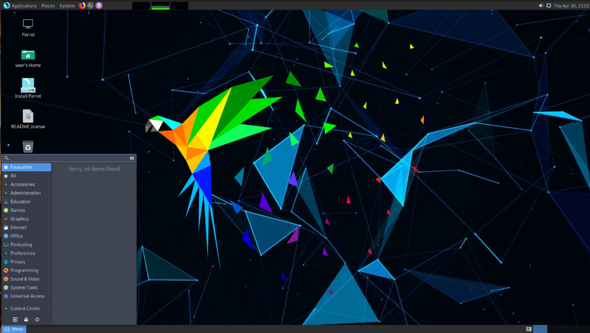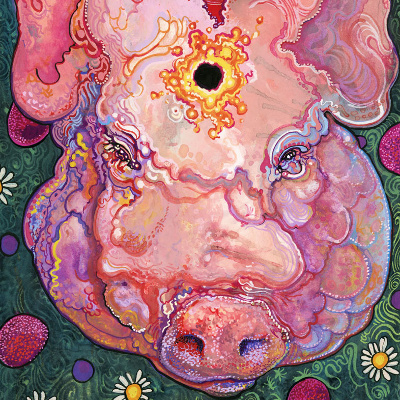

debian-experimental -> debian-unstable -> debian-testing -> kali-dev -> kali-rolling -> kali-last-snapshot

It is created by combining three other branches: kali-dev-only, kali-debian-picks and debian-testing. kali-dev is the development version of Kali Linux.This branch has the potential to be very unstable. kali-bleeding-edge contains packages that are automatically updated from the upstream git repositories.kali-experimental is a staging area for work-in-progress packages.Note that the casual user will likely not need those branches, except in very special cases.

These branches can’t be used alone, as they don’t contain a complete distribution of Kali. They usually provide more recent versions of the packages that are found in kali-rolling, and at time they might even provide additional packages. Next are the partial branches, which are meant to be used in addition to the the kali-rolling branch. You should be using either one or the other, but there’s no point having both enabled at the same time. This is the “safest” option.Įach of these branches provide a complete distribution of the Kali OS. This often is more stable, as packages are not updated (until the next release as it’s a “Point Release”) and go thought our release testing.
KALI BLEEDING EDGE CODE
For every new release, we freeze the code and merge kali-rolling into kali-last-snapshot, at which point users will get all of the updates between versioned releases (i.e.
KALI BLEEDING EDGE SOFTWARE
KALI BLEEDING EDGE HOW TO
For an example of how to use multiple branches, please see our NVIDIA GPU Drivers guide. Please see the network sources page for how to switch branches. However, switching branches may introduce problems, as packages may be at different versions, and unavailable or unstable in certain cases.

You may have multiple branches enabled at once. Kali Linux is similar to Debian in many regards, one of which is the use of branches. Kali Linux has multiple branches which allows for users to decide how up-to-date their packages will be. A branch is an alternative version of some software, in this case of the Kali OS.


 0 kommentar(er)
0 kommentar(er)
